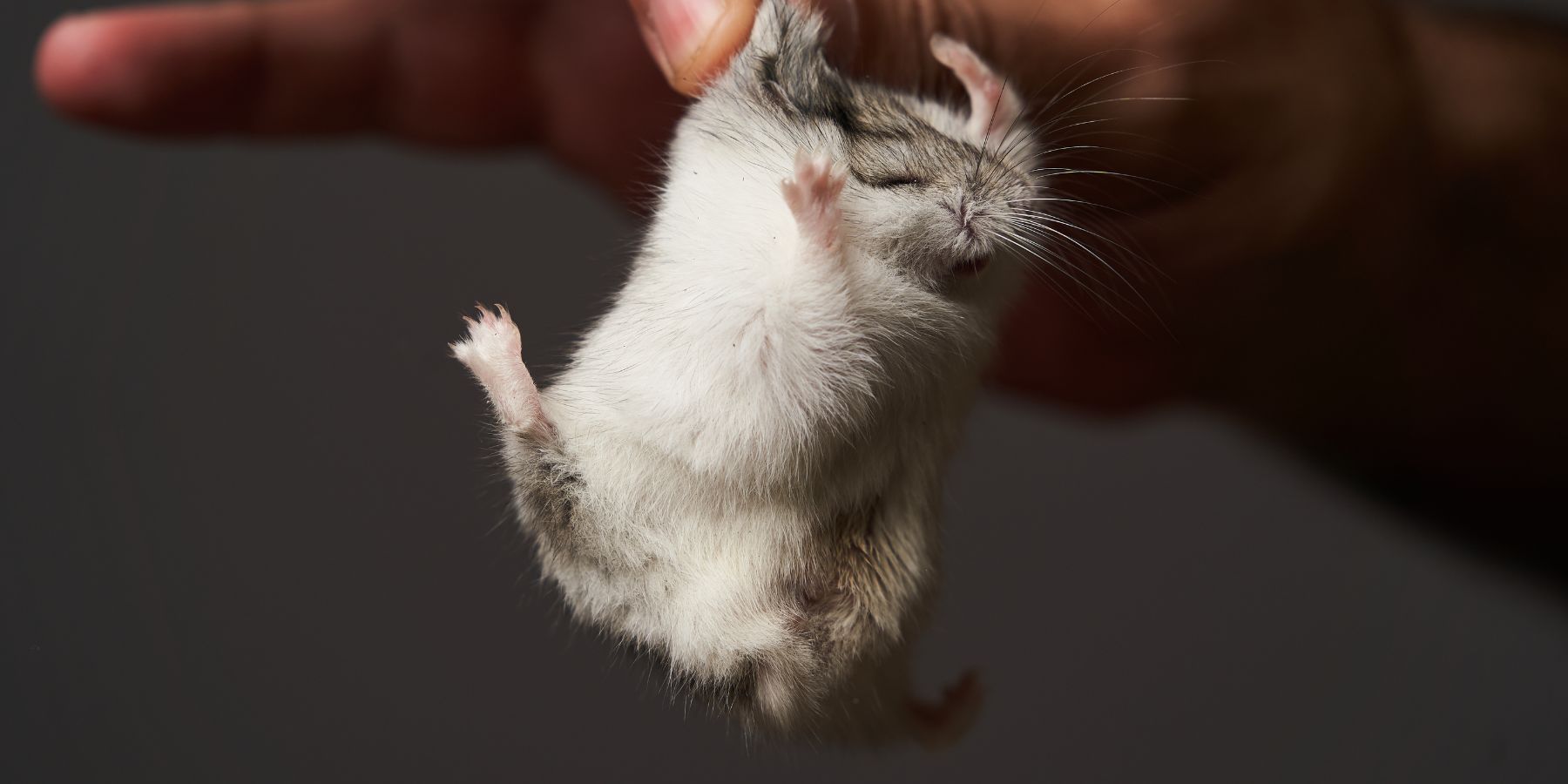When it comes to caring for pet hamsters, one of the most crucial health concerns to be aware of is wet tail. This condition, often a sign of deeper health issues, can be especially concerning for new hamster owners. Understanding wet tail, its causes, symptoms, and treatment, is essential for ensuring the well-being of your furry friend.
What is Wet Tail in Hamsters?
Wet tail is a common term used to describe a condition in hamsters characterized by a soiled and wet rear end, usually caused by diarrhea. It’s most commonly seen in younger hamsters, especially those recently weaned or undergoing stressful changes in their environment.
Causes of Wet Tail
The primary cause of wet tail is stress, which can be triggered by various factors:
Environmental Changes: Moving to a new home, changes in cage placement, or fluctuations in temperature.
Dietary Changes: Sudden changes in diet or poor diet.
Overcrowding: This is where the question “can hamsters live together” becomes relevant. While some dwarf hamster species can cohabitate, it’s important to monitor them for signs of stress to prevent conditions like wet tail.
Poor Cage Hygiene: An unclean cage can lead to the growth of bacteria, contributing to wet tail.
Symptoms of Wet Tail
Recognizing the symptoms of wet tail early can be key to saving your hamster’s life. Common signs include:
Wetness around the tail area: This is the most obvious sign, as the condition gets its name from this symptom.
Lethargy: A lack of energy or interest in usual activities.
Loss of Appetite: Not eating or drinking as usual.
A Hunched Posture: Indicating discomfort or pain.
Irritability or Aggression: Changes in behavior due to distress or pain.
Treatment for Wet Tail
If you suspect your hamster has wet tail, it’s crucial to seek veterinary care immediately. Wet tail can be fatal if not treated promptly. Treatment typically includes:
Antibiotics: To combat any bacterial infections.
Fluids: To prevent dehydration due to diarrhea.
Dietary Changes: Providing easily digestible foods like plain rice or cereal.
Preventing Wet Tail
Preventing wet tail is largely about minimizing stress and maintaining good cage hygiene. Here are some tips:
Gradual Changes: Any changes in your hamster’s environment or diet should be made gradually.
Clean Living Space: Regularly clean and disinfect the cage to prevent bacterial growth.
Proper Diet: Ensure a balanced diet appropriate for your hamster’s species.
Observing Social Needs: Regarding the situation when hamsters live together understand the social dynamics of your hamster’s species. Syrian hamsters, for instance, should always live alone to minimize stress.
Understanding Hamster Species and Social Needs
Different hamster species have varying social needs, which can affect their stress levels:
Syrian Hamsters: They are solitary and must live alone.
Dwarf Hamsters: Some species of dwarf hamsters can live in pairs or groups, but close monitoring is essential to ensure they get along and aren’t stressed.
The Role of a Stress-Free Environment
Creating a stress-free environment is key to preventing wet tail. This includes:
A Quiet Location: Keep the cage in a quiet, calm area of your home.
Regular Routine: Hamsters thrive on routine. Try to feed them and clean their cage at the same times each day.
Safe Handling: Handle your hamster gently and avoid over-handling, especially in the first few days after bringing them home.
When to Consult a Vet
Consult a veterinarian immediately if you notice any symptoms of wet tail. Early intervention is crucial for the survival and recovery of your hamster.
Conclusion
Wet tail in hamsters is a serious condition often linked to stress. Understanding this illness, its causes, and the importance of a stress-free environment can help you take better care of your pet. Additionally, factors like hamsters living together can influence the stress levels in hamsters, potentially impacting conditions like wet tails.
